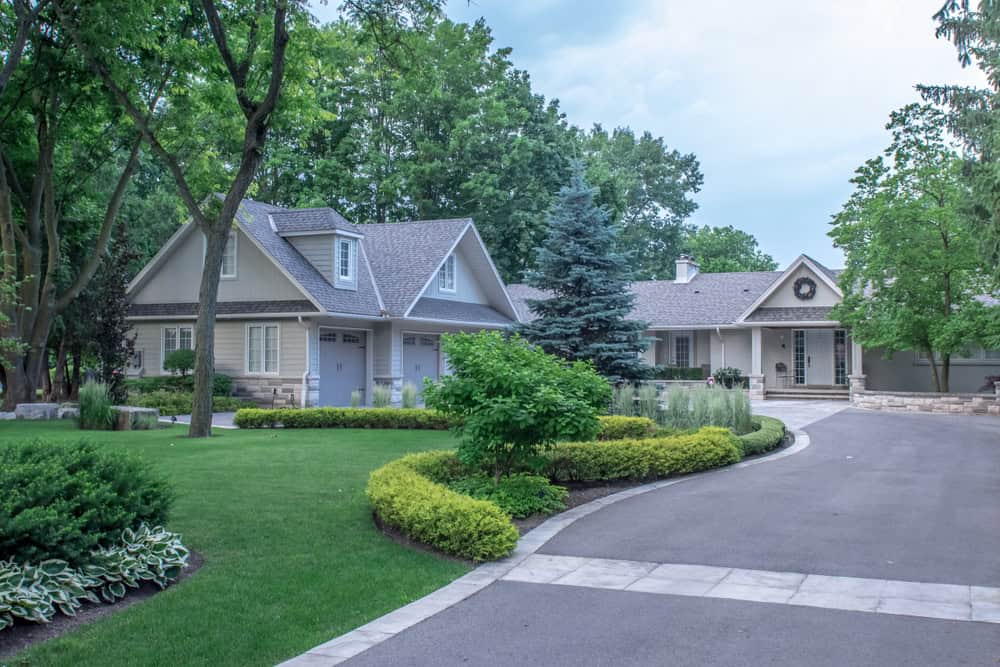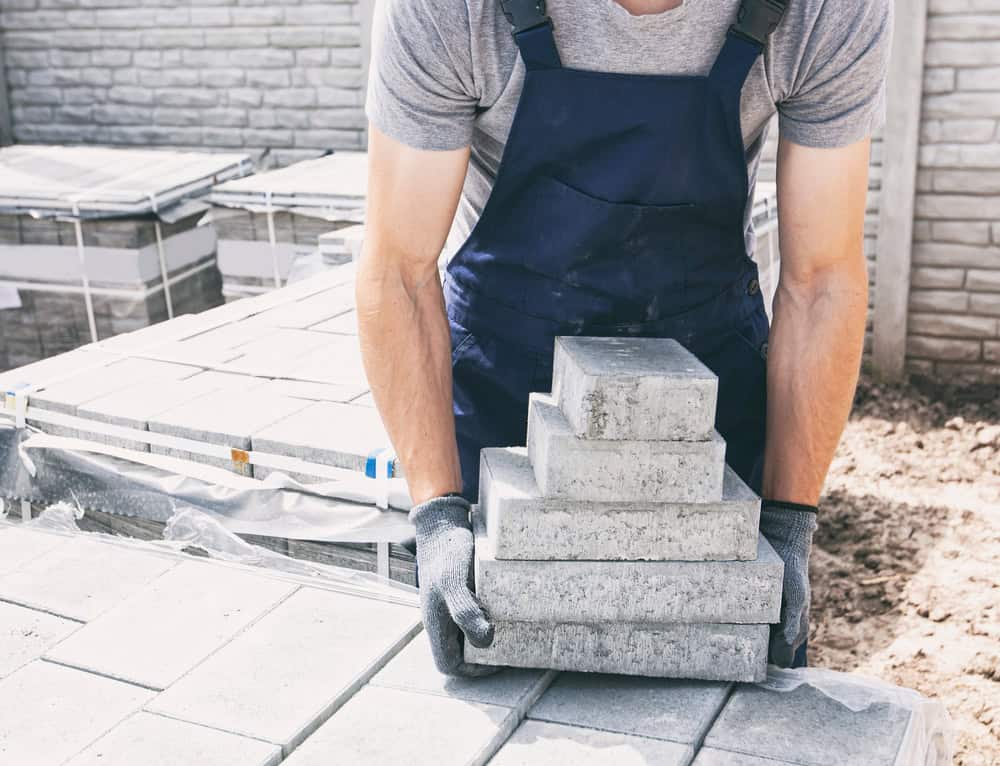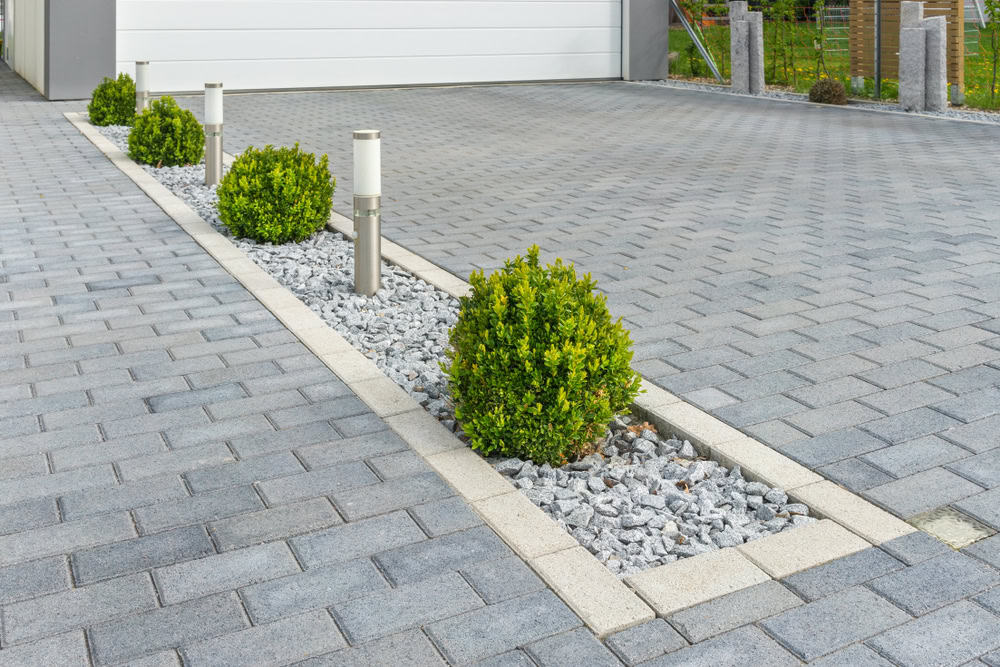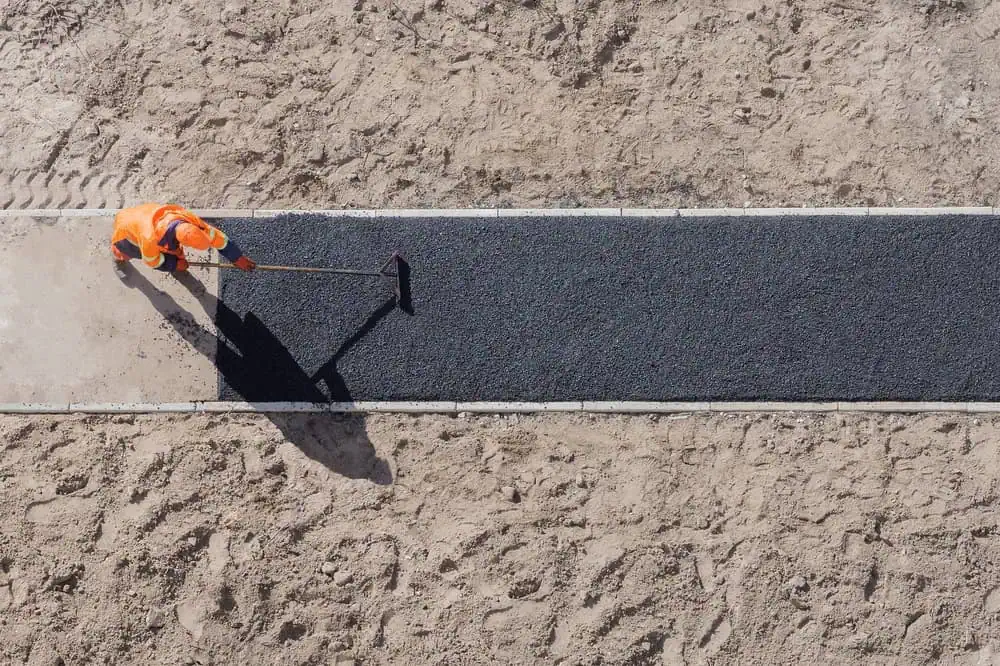Professional paver installation that handles New England weather without cracking, shifting, or settling over time.


You get a patio, walkway, or driveway that looks great year one and still looks great year ten. No more dealing with cracked concrete or uneven surfaces that become trip hazards.
Our paver installations handle Massachusetts freeze-thaw cycles because we build the foundation right from day one. Proper base preparation, correct drainage, and quality materials mean your investment stays beautiful and functional.
You’ll have outdoor space you actually want to use. Whether that’s entertaining guests, enjoying morning coffee, or just having a clean path to your front door that doesn’t puddle or crack.
Academy Masonry has been handling paver installations in Framingham Center and surrounding areas for years. We understand local soil conditions, drainage challenges, and what materials work best in our climate.
You’re working with contractors who live and work in this community. We know which suppliers provide the best materials, understand local building requirements, and have relationships with the inspectors and permitting offices.
Our reputation here matters to us. That’s why we focus on doing the job right the first time rather than cutting corners to win on price alone.

We start with a site visit to assess your space, discuss your vision, and identify any drainage or grading issues that need attention. You’ll get a clear estimate that covers materials, labor, and timeline.
Once you approve the project, we handle permits if needed and schedule the work. We excavate to proper depth, install a solid base with appropriate drainage, and set pavers with correct spacing and alignment.
The final step involves joint sand application, compaction, and cleanup. You get a walkthrough to ensure everything meets your expectations before we consider the job complete. Most installations take 2-4 days depending on size and complexity.

Ready to get started?
Every paver installation includes proper excavation, base preparation with crushed stone, landscape fabric, and sand leveling. We handle drainage considerations specific to your property and local conditions.
You choose from brick pavers, concrete pavers, or natural stone options that complement your home’s style. We’ll explain the pros and cons of each material so you can make an informed decision based on your budget and preferences.
Our installations include edge restraints to prevent spreading, proper joint sand application, and initial compaction. You also get guidance on maintenance and care to keep your pavers looking their best for years to come.

Local Resources